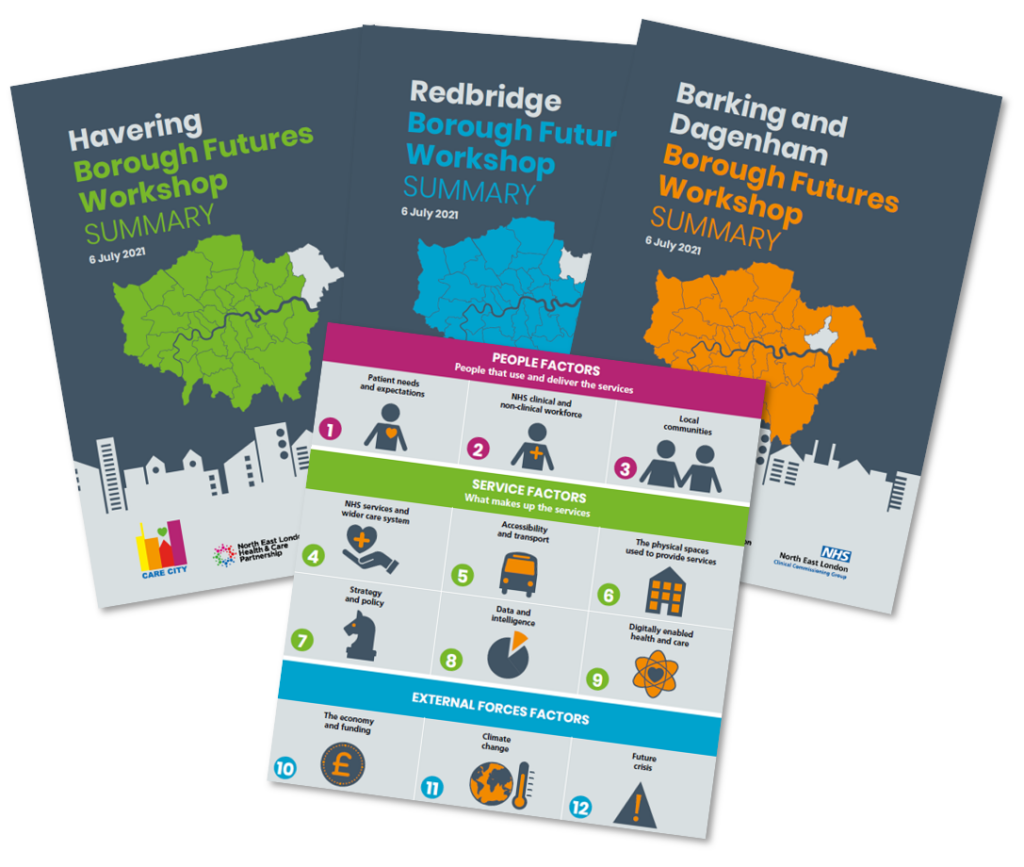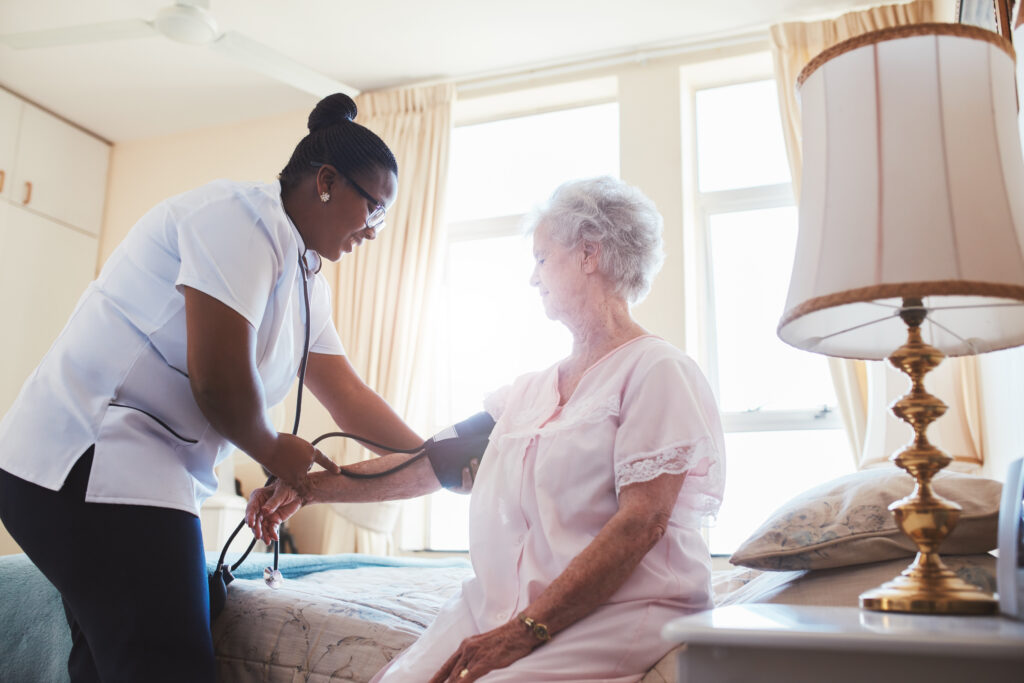Estates and digital planning

Supporting future estates and digital planning for primary care in BHR.
East London is an area of regeneration with a rising population (expected growth of 13% to 2.28 million residents by 2028) and is one of the fastest growing areas in England, with demand projected to outstrip resources and capacity in the coming years. There is therefore an urgent need to rethink how we can better
plan primary care buildings to better meet people’s changing needs and expectations in BHR, supported by a robust planning approach.
NEL ICS is working to build estates models that better align with delivery of clinical, digital and workforce strategies. It is our ambition to develop system-wide estates plans that deliver fit-for-purpose buildings for neighbourhood and place teams delivering integrated primary care.
We undertook a 6-month project to develop a practical and tested approach to support future estates and digital planning for primary care in Barking and Dagenham, Havering and Redbridge (BHR) to better meet the changing needs, experiences and digital expectations of our patients and staff.
It is our ambition to develop system-wide estates plans that deliver fit-for-purpose buildings for neighbourhood and place teams delivering integrated primary care.
Our work was informed by a bespoke digital infrastructure planning methodology and will leverage an iterative and co-production approach to help ensure it provides practical application in the context of primary care infrastructure in BHR. This included co-design workshops with the Thames View Health Centre team, as well as key decision makers across the North East London Health and Care Partnership (NELHCP), BHR Boroughs and Primary Care Networks to help to build and embed a culture of future thinking.
Taking a ‘one public estate’ approach we identified the following priorities and opportunities:
- To ensure we plan sufficient space we need to develop a methodology that takes into account access, population health and health inequalities of the local neighbourhoods, making creative use of the space we have, any void and vacant spaces and repurposing existing space where possible.
- To enhance access and integration with other services, we need to explore the use of local authority, third sector and community assets, building on the approach to COVID-19 vaccination, including places of worship, community centres, and allotments, including locating primary care onto the high
street as part of local economic regeneration. - Where space is insufficient, or unsuitable, particularly in areas of considerable population growth, we need to explore with the local authority the potential for raising capital beyond NHS limits to fund new, expanded or repurpose estates.
We continue to work with PCNs and the wider health system to ensure solutions identified are locally appropriate.



